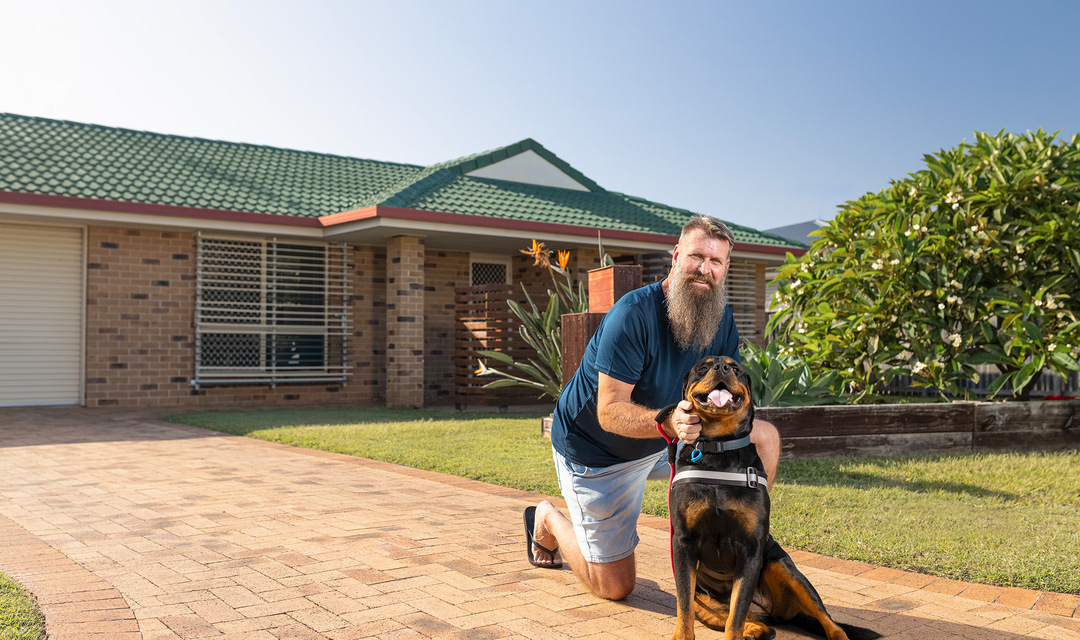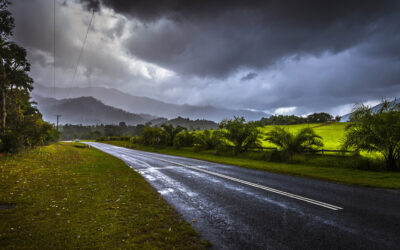DON’T LET HIDDEN INSURANCE COSTS BLOW YOUR BUDGET
When buying a new home, most people factor in expenses like the deposit, stamp duty, conveyancing, loan repayments and building inspections. But once the initial excitement fades, there are ongoing costs that can add up significantly over time.
Many homebuyers underestimate the impact home insurance premiums can have on their finances, especially in Queensland where average premiums have been climbing over recent years. In some cases, homeowners in North Queensland are having to spend over $10,000 per year in premiums, so it is worth doing some research to avoid any surprises.
1. Age of Property
While rustic charm can be appealing, older homes often come with hidden risks that can drive up home insurance costs. Aging electrical, plumbing, and structural components may be more prone to failure, resulting in a higher likelihood of claims. Homes built prior to 1982 before stricter Building Codes were introduced, are also recognised as presenting a higher risk by insurance companies.
2. Style of Property
The materials used in your new home play a major role in determining the cost of insurance. Homes built with certain materials like wood, which is more susceptible to fire or water damage, often come with higher premiums, compared to homes made with more durable materials, like brick or concrete. Additionally, older roofing materials may incur higher premiums to cover the increased risk during storms.
3. Location
As extreme weather events become more frequent, insurers are increasingly factoring in location-specific risks. For instance, homes located in areas prone to fires or flooding, are now seeing substantial insurance rate increases. Even if your prospective home doesn’t seem prone to natural disasters, be sure to research local flood maps and proximity to waterways, as this can impact your premium significantly.
4. Maintenance
Ensuring the home is in good condition, not only protects its value, but can also prevent insurance claims that might result in higher premiums. Routine tasks like roof inspections, tree trimming, and gutter cleaning may seem minor, but they prevent larger, more costly issues. Water damage from burst flexible hoses are a common source of costly water damage. When purchasing a home, inspect the plumbing systems carefully and consider upgrading any high-risk components to potentially save down the line.
5. Mitigation Measures
As a new homeowner, you can often save on insurance and improve safety, by taking proactive steps to mitigate natural disaster risks. Companies like Sure Insurance offer discounts for mitigation measures, making them even more worthwhile. For instance, cyclone mitigation measures, like installing shutters, reinforcing roofs, and bracing roller doors, can reduce storm damage. Flood barriers, flood-proof doors, and anti-backflow valves can help guard against water intrusion, reducing the likelihood of flood-related claims. Additionally, installing smoke detectors, sprinkler systems, and gutter guards enhances bushfire resilience, helping you secure a safer home and lower insurance premiums.
While home insurance is essential, the key to avoiding surprises with home insurance is research and proactive planning. Before purchasing a home, request a detailed quote from an insurance provider to get a clearer appreciation of what to expect.
Every insurer is different so it’s worth doing your own research for your property.


